In nearly all of our blogs, we like to focus on specific repair requirements for any car that might come into our shop. We do this because we know the collision repair industry is constantly changing, and it’s up to the auto body shop to be capable of handling any repair that comes into their shop. Here at Cherry Hill Collision, we make it a point to train our technicians on every aspect of collision repair so you can get the safe, top-notch quality repair that you deserve out of a body shop.
When you think of the windshield on your Mercedes-Benz vehicle, what goes through your mind? Does it provide you with enough visibility to see what’s in front of you? Does it silence any outside noise? It may come as a surprise to you, but your windshield is equipped with advanced technology and is “an integral part of several advanced safety systems” (I-CAR).
We are always asked at our shop by Cherry Hill drivers, “what happens during a windshield replacement?” We’re here to let you know what happens during this type of repair specifically for your Mercedes-Benz vehicle and the differences between OEM and Aftermarket glass. We do this so that you have a better understanding of what to expect during the repair process.
Collision repair is extremely complex nowadays and requires technicians to have extensive training to know how to repair your car correctly. We wish we could say all repair shops have this same level of expertise, but the reality is they don’t. New Jersey is a state that doesn’t require technicians to be licensed to perform a repair. We wouldn’t be writing this blog if every repair shop was fixing your car the right way.
So, how do you know your car is repaired the right way? It’s anyone’s guess, but it all comes down to where you take your vehicle.
What Are OEM Parts and Repairs?
Each car manufacturer releases various repair requirements for technicians to follow, known as OEM repair procedures. OEM stands for “Original Equipment Manufacturer” and are the highest quality and safest repairs out there for your car. OEM parts are also the highest quality since they are the exact factory parts your vehicle came with.
You paid a lot for your car, and you want to maintain the car’s value for as long as possible. When a technician follows OEM repair procedures and uses genuine Mercedes-Benz replacement parts and accessories, the performance and structural integrity of your vehicle is preserved. You wouldn’t want to be driving a car that has anything less than Mercedes-Benz parts, right? Believe it or not, this type of repair happens more often than we’d like to admit.
What Are Aftermarket Parts?
Aftermarket parts are a lower quality, less expensive option that is nowhere near the same quality or fit you’d find an OEM part. Not to mention, using aftermarket glass can cause the advanced safety features (such as ADAS) your Mercedes-Benz is equipped with to longer work properly. The ADAS systems in your car are made up of a network of sensors. The most common of these sensors are radar, camera, and ultrasonic.
According to a Mercedes-Benz Replacement Glass & Glazing position statement, “Aftermarket glass often does not account for these complex electrical components and may interfere with your vehicle’s electronic systems, or cause these electronic systems to not function properly.”
Glass Repair on 2016-2019 Mercedes-Benz Vehicles
Each car releases different position statements regarding different repair procedures on their vehicles. When it comes to replacement glass and glazing, Mercedes-Benz specified in a statement that using their glass will ensure the right fit, clarity, “and the overall integrity of your vehicle.” Anything less, such as aftermarket parts, can cause a variety of different problems to occur.
When it comes to specific Glass repair procedures, here’s what Mercedes-Benz had to say for the 2016-2019 model year vehicles. It’s important to know that there may be vehicle-specific repair procedures for technicians to follow. The best body shops would know what these are:
-“Mercedes-Benz specifies its own product line of cleaner, adhesive, and primer for bonded glass.
-Be sure to refer to the urethane manufacturer’s directions for curing time specifications, and do not use adhesive after its expiration date.
-During the installation process, it is important to keep a side window open until the installation is complete. This will help to prevent the sealant from cracking should the doors be opened and closed, causing a pressure change.
-Head-up display must be checked for proper display on the windshield and calibrated if necessary.
-As a special caution, vehicles equipped with a camera collision warning system, Night View Assist, and rain sensors will need to have the systems calibrated.”
Mercedes-Benz also goes on to state that there could be several systems affected in the repair process if genuine OEM parts aren’t used. They are:
Collision warning system
Antennas
Rain sensors
Heating elements
All of this is why technicians must follow the repair procedures your car’s manufacturer releases. Otherwise, your safety could be at risk, along with anyone else riding in your vehicle. There is a reason why the manufacturer requires these procedures, which keeps your safety as a top priority. However, many repair shops will often cut corners in the repair process and use what’s known as “aftermarket parts” in replacement of OEM parts.
Where In New Jersey Can I Get Proper Glass Repair For My Mercedes-Benz?
Mercedes-Benz has a notable vehicle choice for decades, and we know repairing these vehicles requires specialized skill, along with the right tools and equipment. There’s no such thing as “one size fits all” when it comes to collision repair, and we want to show New Jersey drivers the way their car should be repaired.
We are also proud to be able to say we are among the 10% of autobody shops that are I-CAR Gold Class trained. This training guarantees every single vehicle that leaves our shop is precisely repaired with the most up to date standards, so you and your passengers are safe.
Let us help you with your auto repair process by calling (856)-663-0500. Or to schedule an appointment or get an online quote, click here to get started or click any of the buttons below!
We look forward to hearing from you and helping you with your auto repair needs!


